Here’s what to know about innovative treatment Dr. Richard Scolyer used on his own deadly cancer: ‘A Hail Mary’
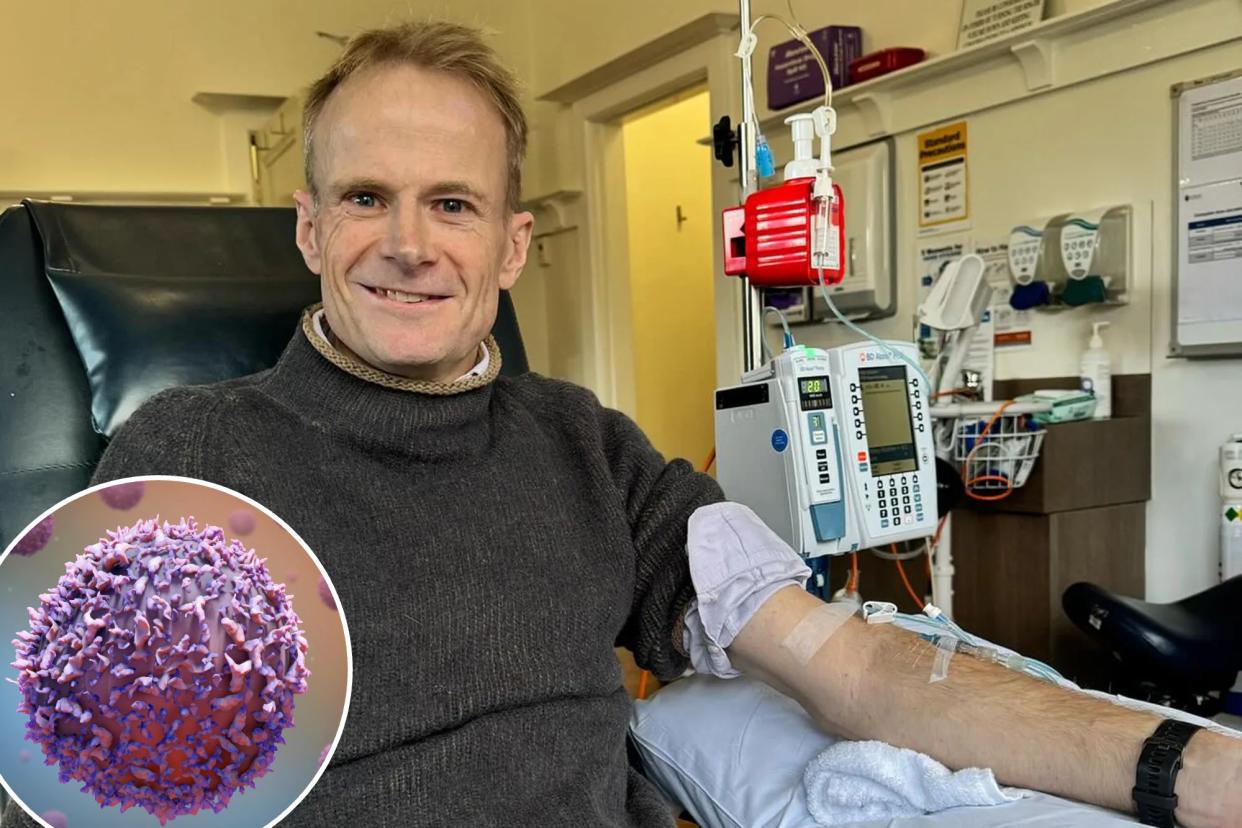
- Oops!Something went wrong.Please try again later.
Dr. Richard Scolyer has made international headlines for doing something doctors thought would be impossible: He has survived a deadly cancer.
The doctor, who himself is a pathologist who has helped pioneer melanoma treatments, tried a first-of-its-kind combination of immunotherapy drugs prior to surgery in a revolutionary new approach.
Scolyer, 57, was diagnosed with a type of cancer called glioblastoma, a brain tumor that is incredibly aggressive. Treatment options for glioblastoma have not changed much over the past several decades: surgery to remove the tumor, typically followed by radiation therapy and chemotherapy. Prognosis is bleak: Only 25% of those diagnosed live past the first year, and the five year survival rate is only 5%.
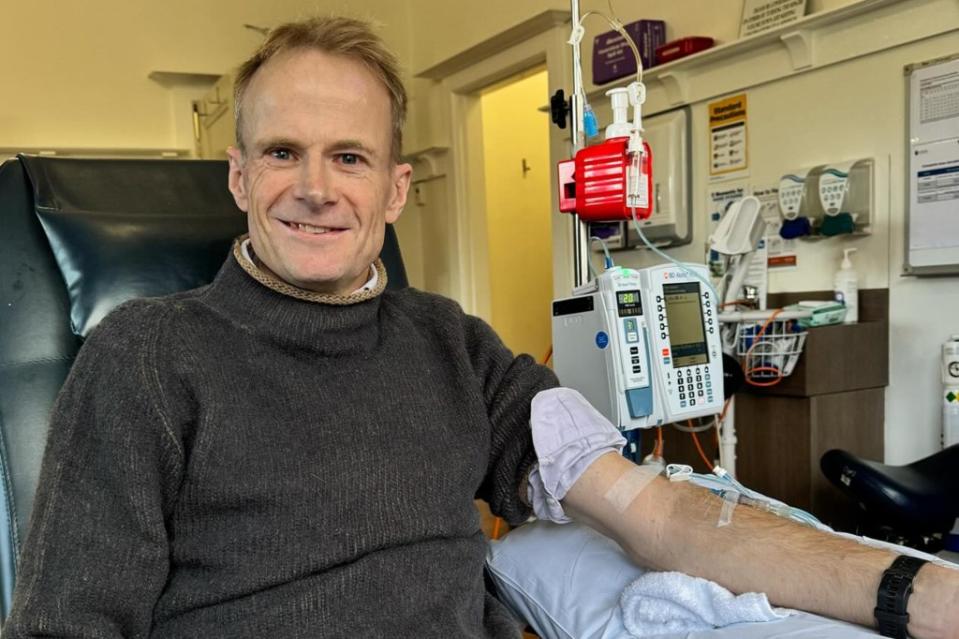
But Scolyer and his longtime research partner, Dr. Georgina Long, were determined. The doctors applied principles they had learned from years of melanoma research: a combination of immunotherapy drugs would be administered first, prior to surgery to remove the tumor.
“I would think of it as sort of a Hail Mary. And it worked out — which is great for Rich. I mean, I saw him a few months ago and he looked pretty darn good,” Dr. Jeffrey S. Weber, deputy director of Perlmutter Cancer Center at NYU Langone Health and co-leader of the center’s Melanoma Research Program, told The Post.
Weber, who was not involved with Scolyer’s treatment but is familiar with his case, also knows the pathologist through their mutual careers in cancer research and said the miraculous results were “worthy of attention.”
One of the aspects that made Scolyer’s treatment different is that he received the combination of immunotherapy drugs first to shrink the tumor, then had surgery to remove it. The strategy of administering drugs prior to surgery is known as neoadjuvant therapy
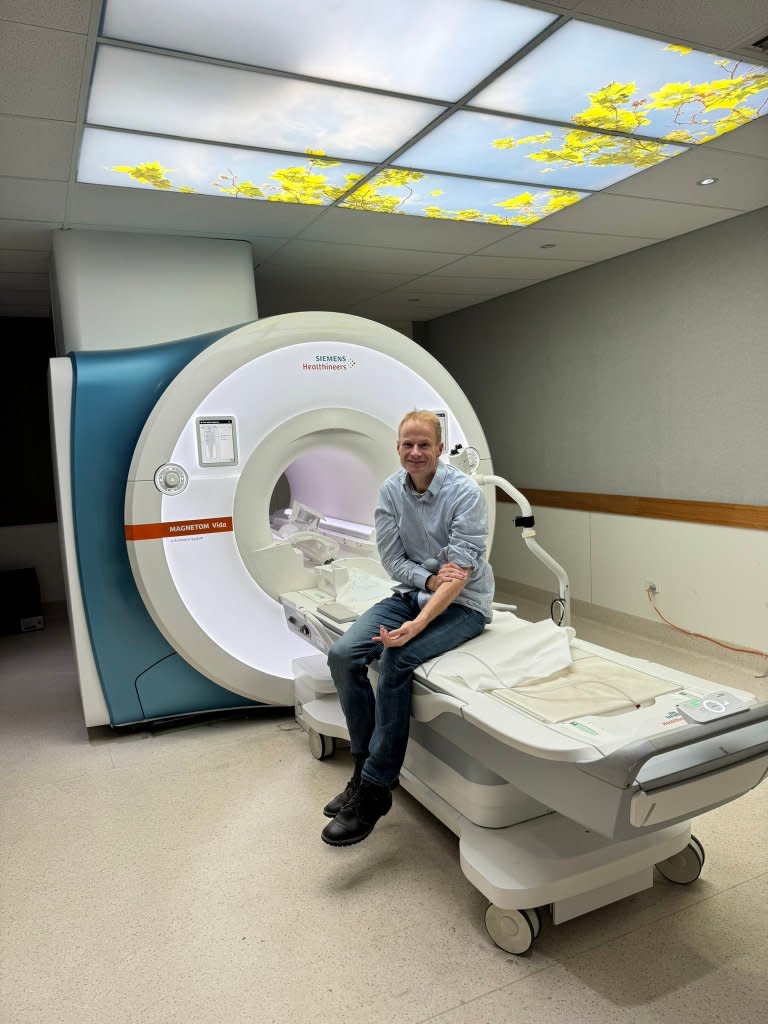
Scolyer joked to the BBC that it was a “no brainer” option — but it actually came with huge risks.
Experts wondered whether the immunotherapy drugs would even reach his brain. Immunotherapy drugs can also be toxic when mixed, and experts warned that his brain could swell and he could die suddenly, reports the BBC. And those are only some of the considerations.
“If you give neoadjuvant therapy, you’re postponing definitive surgery and radiation by some amount of time,” Weber said. “You could have side effects that could prevent you from continuing to more definitive therapy.”
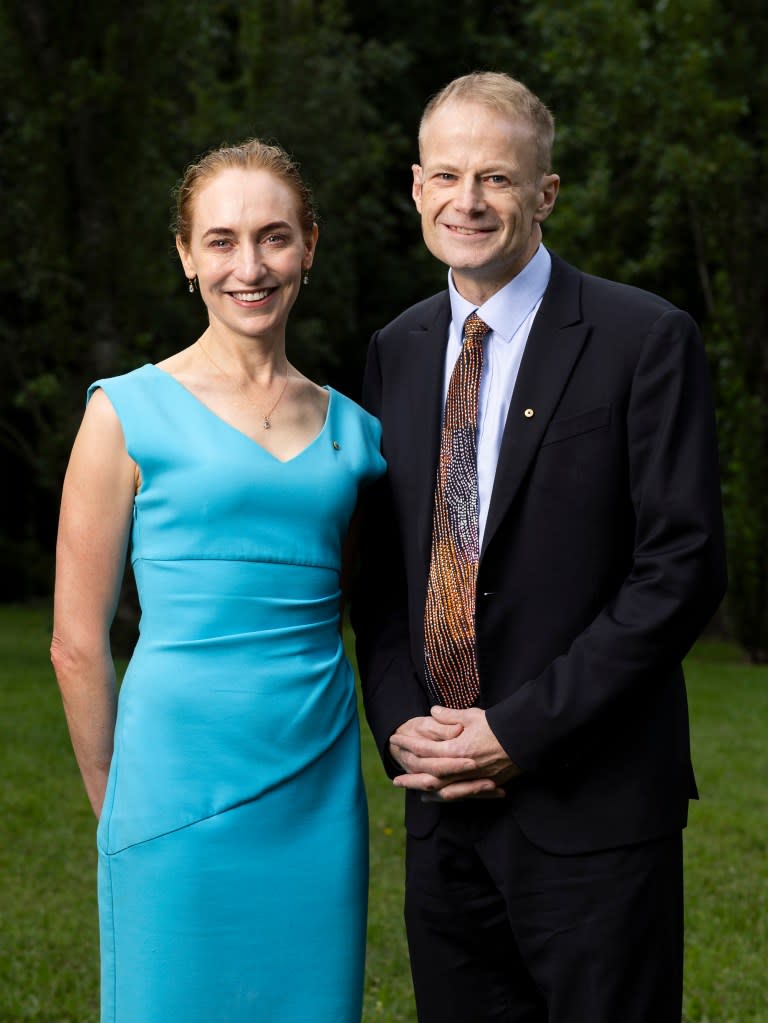
Weber added that, sometimes, neoadjuvant therapy might not be an option because of other drugs, like steroids, that a cancer patient may already be taking. In other words, Scolyer was a very special case.
Weber said that while this treatment is new for glioblastoma, it tracks with other ongoing research.
“I would say it is all consistent with a lot of developments in immunotherapy, suggesting that neoadjuvant therapy before surgery may be useful,” Weber explained.
In other cancers, like lung cancer, Weber noted, similar courses of neoadjuvant therapy have had success.
“It’s a burgeoning field,” Weber added.
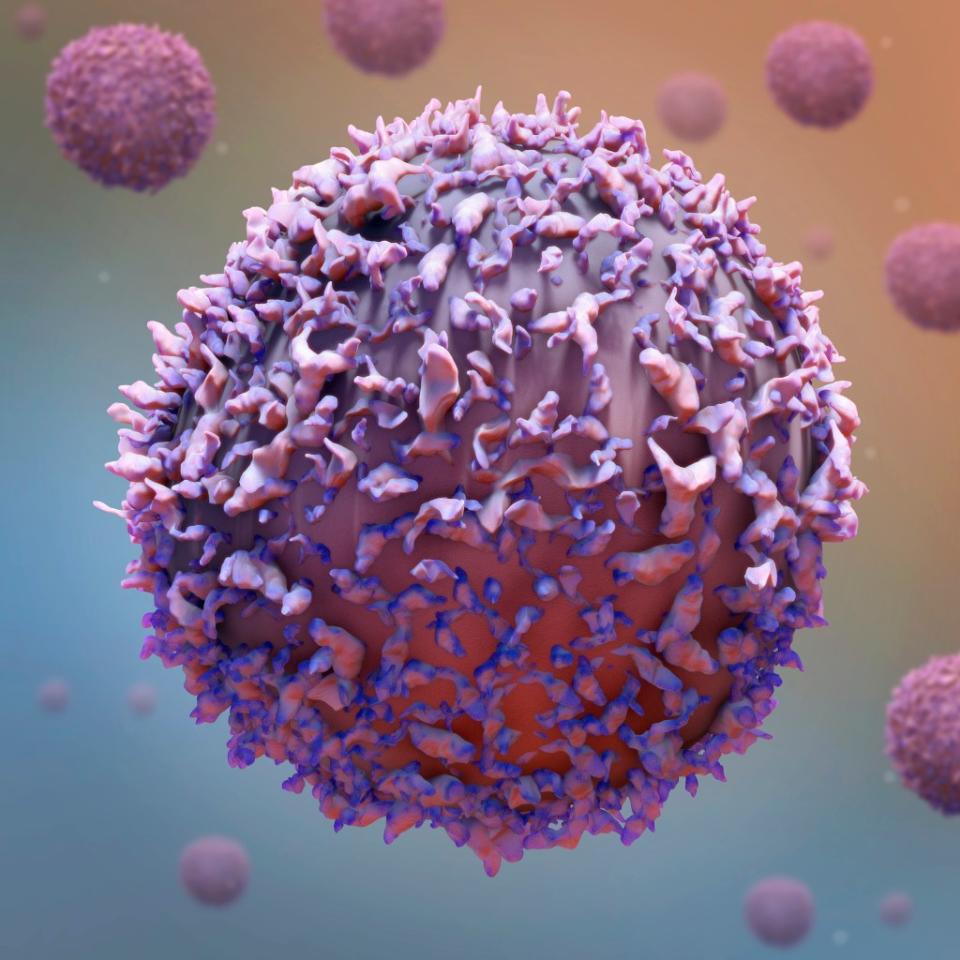
Scolyer and Long seem inclined to agree, but emphasize they are still a long way off from developing an approved course of regulated treatment.
“We’ve generated a whole heap of data to then make a foundation for that next step so that we can help more people,” Long told the BBC. “We’re not there yet. What we have to really focus on is showing that this pre-surgery, combination immunotherapy type of approach works in a large number of people.”
Scolyer, who recently celebrated a tumor-free MRI scan, will likely continue to be monitored every three months, according to Weber, which is standard practice. But for now, the Australian doctor is essentially back to living a normal life, even exercising daily with 15K jogs.
“I feel proud of the team that I work with. I feel proud that they’re willing to take the risk in going down this path,” Scolyer told the BBC.

